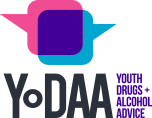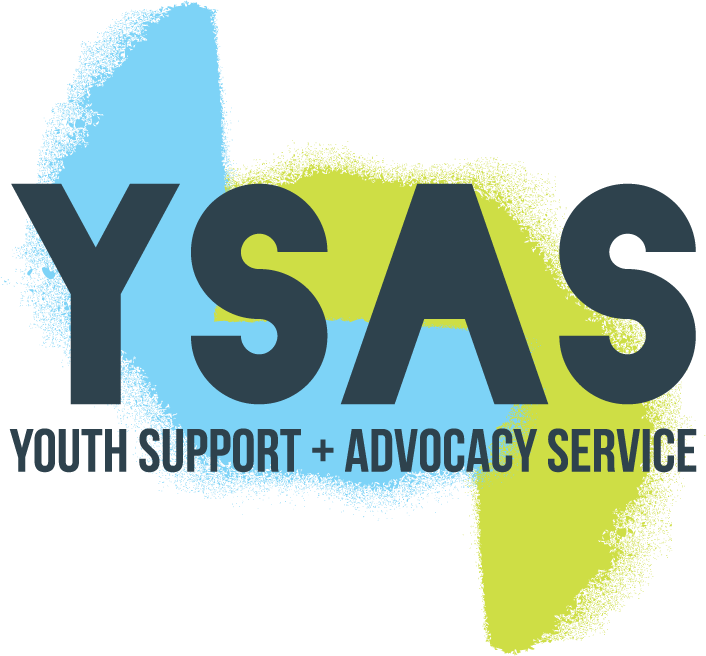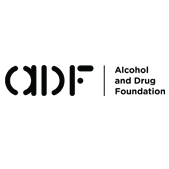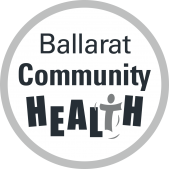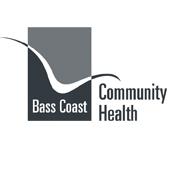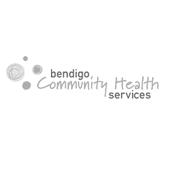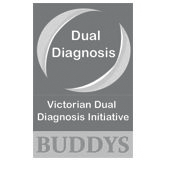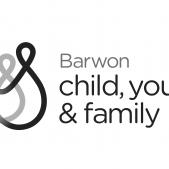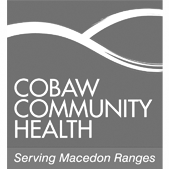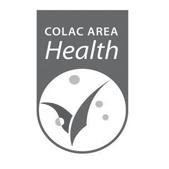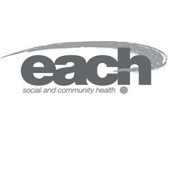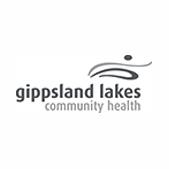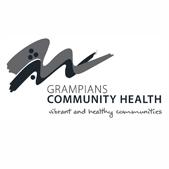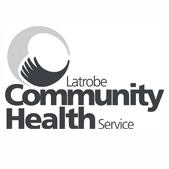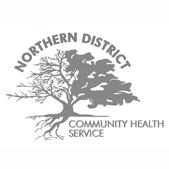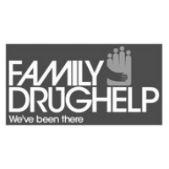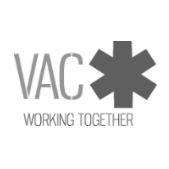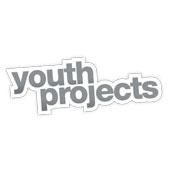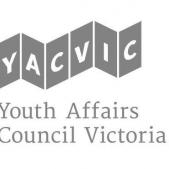Useful Tools
A framework for supporting students
Young people (generally) spend a lot of time at school so it makes sense that schools are often in the best position to identify emerging issues and problems and do something about it.
In addition, student wellbeing coordinators and indeed teachers in general are in the unique and privileged position of being able to provide help for a young person while they are still engaged with school.
What we know is that for young people at risk, school is often the last positive structure in a young person’s life and that becoming disengaged from school is a risk factor for risky substance use. Offering support at this point may make the difference in the whether or not the young person stays at school.
The NIPDN framework is a useful way to conceptualise the role of wellbeing coordinators, teachers and schools in a student’s welfare in regards to emerging substance use issues. You will notice that it doesn’t assume teachers can do everything and is not overly prescriptive. In conjunction with external support from services s we think it is of value.
NOTICE
- What has drawn you attention to this student? Might there be a problem? Are they acting-out? Is truancy an issue? Have teachers noticed a change in their disposition?
INVESTIGATE
- You need to know what the issue and what is causing it to be able to develop an effective care plan for the young person.
- Invite the student to see you and have a chat highlighting your concerns and why you have contacted them. Ask if they feel whether your concern is valid.
- Ask about the young person’s overall wellbeing. Don’t focus on making drug use a problem if the young person is not ready to go there. Focus on other things and where drug use might fit in with them.
- Speak with the student’s other teachers about their attendance and participation in class, as well as their thoughts on the young person’s wellbeing
- Ask the young person about how you can work together on some of these issues
- Does the family have any concerns?
PLAN
- Identify goals with the young person that are achievable and are set by the young person
- It may be useful to engage external services
- It can be useful to make a plan with the young person’s teachers to create a strategy for catching up on work and reducing truancy. Ensure that the young person is a participant in the development of this plan
- Can the family be involved?
DO
- Carry out the plan but regularly refer back to it to see if it needs adjustments
- Check-in with the student regularly so that they feel supported
- Meet regularly with the student to have discussions about the progress of the plan and any barriers the young person is facing
- Brief the other teachers about the young person’s progress
NOTICE
- Re-evaluate the plan! How is it going? Have you been able to stick to it?
- Can the young person identify any improvements? (i.e. less family arguing)
- Has attendance improved?
- How is the young person feeling?
This has been adapted from the NIPD model documented in the DEECD resource Preventing drug-related harm: A guide for the Student Welfare Coordinator.
